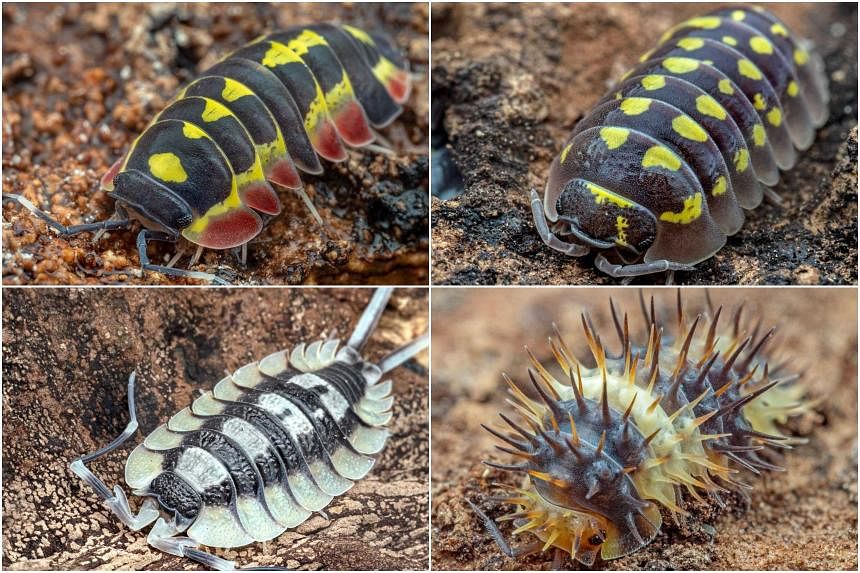They have two pairs of antennae, seven pairs of legs, and some even come in colours that rival a bouquet of flowers.
Isopods are part of nature’s “cleanup crew”. The land-dwelling variants of these crustaceans can be found in the detritus and soil of forests, fields and gardens all around the world, feeding on rotting leaf litter and dead plants.
These critters are a familiar sight to gardening enthusiasts, but there is a growing community here that keeps them as pets.
The unusual hobby is catching on among isopod enthusiasts, who say there was a spike in interest in these creatures during the Covid-19 period, when people were cooped up at home.
In case you were wondering why they may seem familiar – these are not the deep-sea isopods that made the news as ramen toppers in May. These creatures are their much smaller terrestrial cousins.
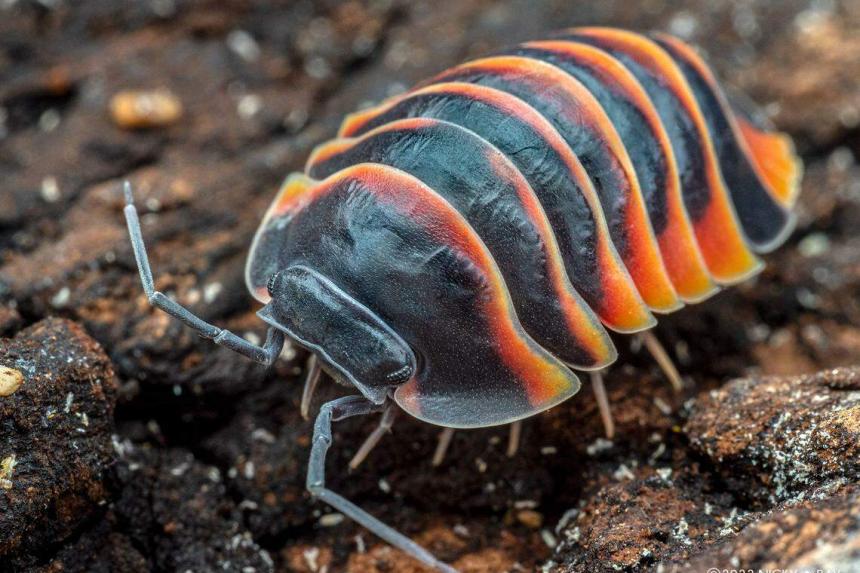
Also known as woodlice, pill bugs and roly-polies, land isopods come in all shapes and sizes – some are smooth and curved, while others sport spikes or bumps not unlike a dinosaur.
Their colours can range from dull, earthy tones of grey and brown, to brilliant shades of red and gold.
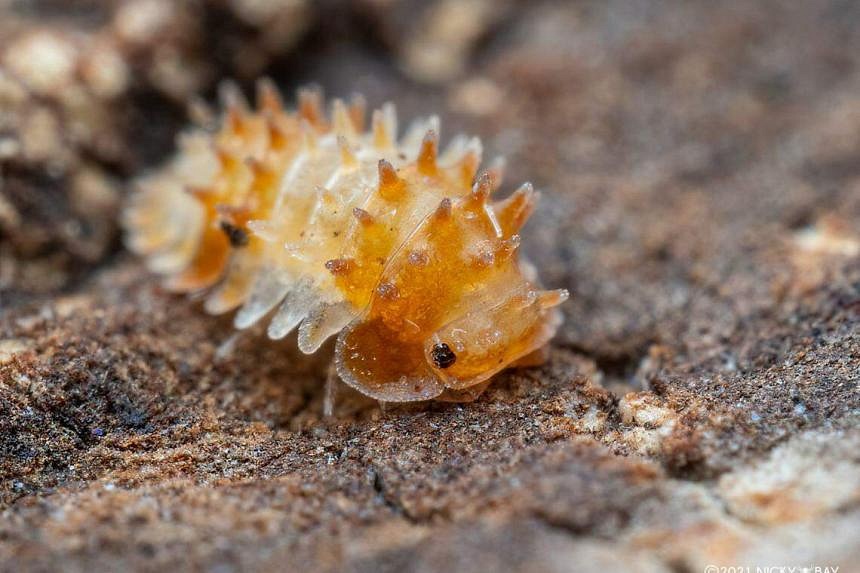
Mr Eric Lim, who started the Isopods Singapore Telegram group in mid-2019, said membership has grown by almost 20 per cent since December 2022, with more than 900 members currently.
The 40-year-old started rearing isopods in 2019, after he came across photos of the “rubber ducky” variety, which sports markings which give it the appearance of rubber duck toys.

Mr Lim, who is self-employed, said he enjoys keeping isopods because they remind him that “little things can still contribute”. He currently has about 10 species of isopods at home – at its peak, his collection spanned nearly 40 species.
“Our group is growing steadily... but the majority of the public still have the misconception that all bugs and critters are bad.”
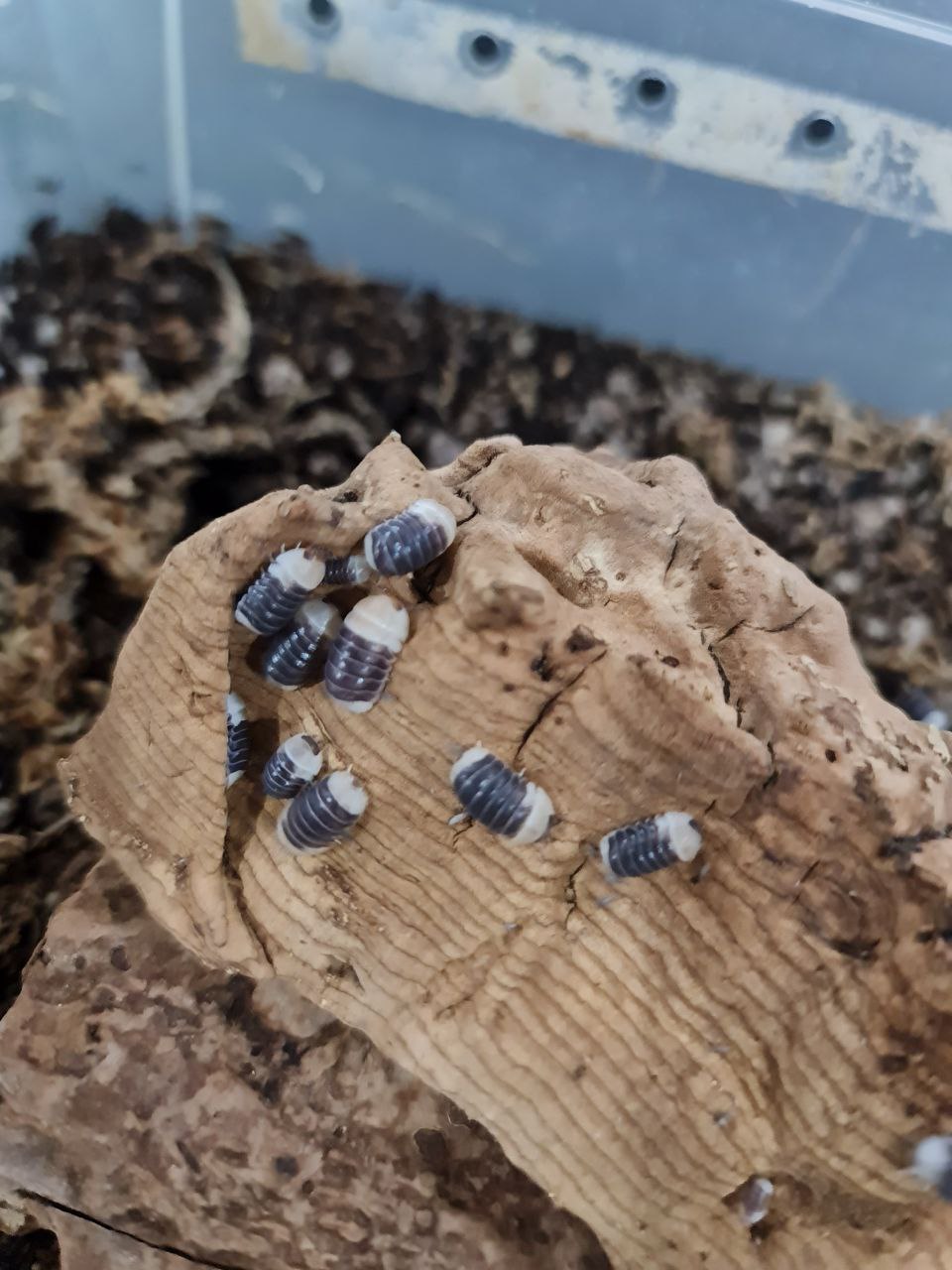
For Mr Murphy Ng, the isopods’ appealing shapes and colours helped to win over his fiancee, who was initially afraid of them, but now finds them “cute”.
The 27-year-old, who runs his own e-commerce business and keeps between 300 and 500 isopods in his terrariums at home, said he has seen an increasing number of people breeding and selling isopods on online chat groups.
“That’s a good thing, there’s very little to hate about these critters, they help the health of the ecosystem and they don’t cause harm to furniture or anything else in the house, so what’s not to like,” he added.

In the wild, isopods function as natural decomposers, recycling decaying plant material and improving soil quality.
In captivity, isopods are low-maintenance pets, and can be fed simple vegetable scraps, dried leaves, or a food mix made from nutrient-rich powder. They thrive in a humid enclosure and must be kept moist, as they breathe through their gills, which can dry out.
Enclosures can be made from containers ranging from simple plastic boxes to more solid glass tanks, with a layer of soil lining the bottom. Hiding places are also recommended, but plants are optional. Some enthusiasts also rear their isopods in terrariums complete with live plants, forming a little ecosystem of their own.
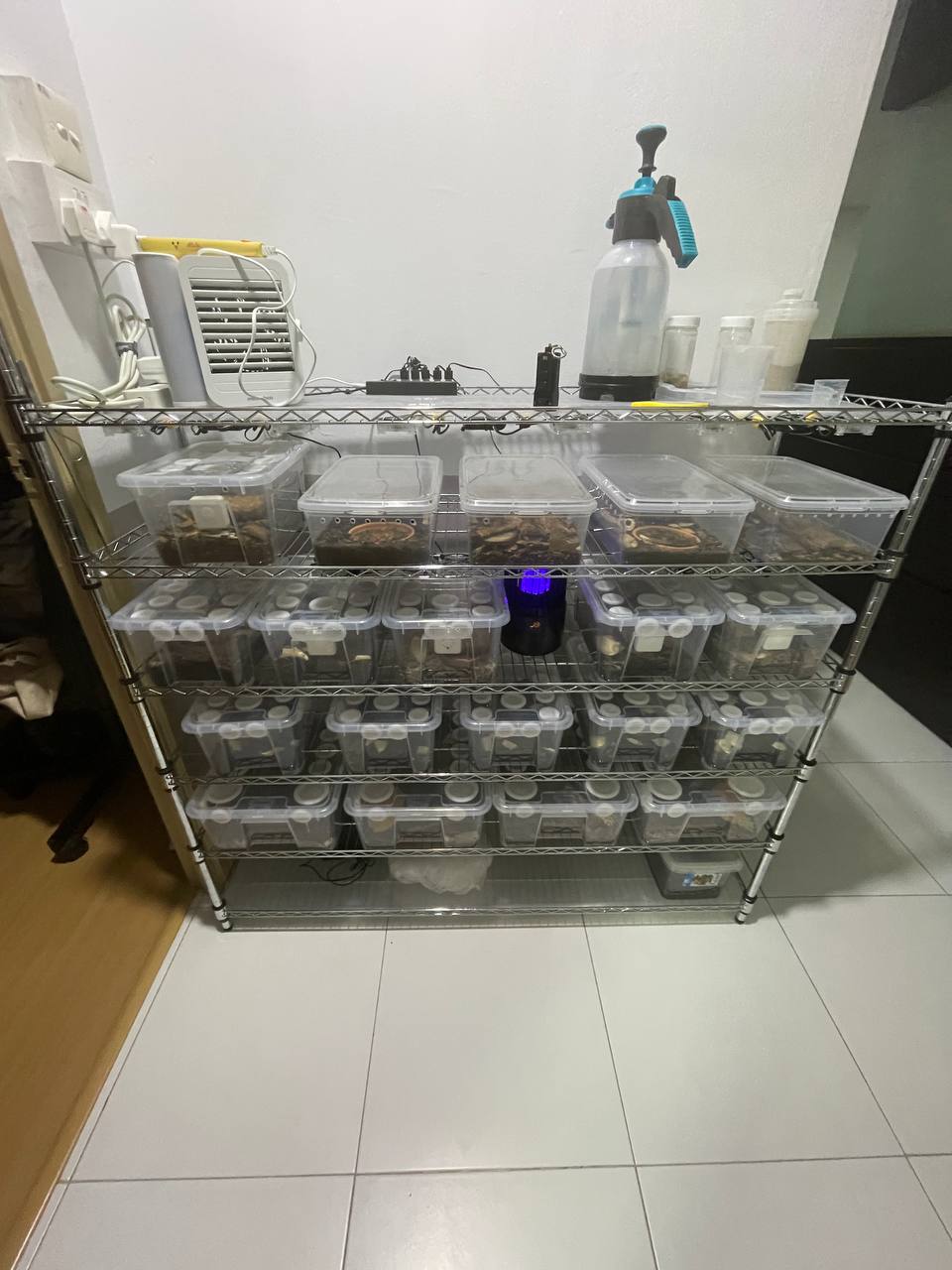
Both Mr Lim and Mr Ng liken the hobby to collecting Pokemon in real life, allowing enthusiasts to raise and care for a variety of colourful creatures while being able to breed and trade them with others.
Breeding them to develop varieties with different colour combinations and traits is also part of the attraction of the hobby, said isopod keepers.
“It’s a lot of fun, finding morphs and mutations, and attempting to breed them is very rewarding when you succeed,” said Ms Carissa Lim, 31, who also began rearing them as a “Covid-19 hobby” in late 2020.

“There’s nothing like the feeling of seeing lots of mancae (juvenile isopods) when you check in on an enclosure you were worried about or was more difficult to keep,” added Ms Lim.
Ms Lim, who makes and sells isopod plushies for a living, estimates that she now owns thousands of isopods across 25 species and 33 enclosures.
For those who might be squeamish at the thought of keeping these invertebrates, Ms Lim pointed out that isopods are not insects – they are crustaceans.
“Just think of them as closer to a crab than a cockroach and they’re instantly a thousand times cuter,” she says.

After the post-Covid-19 interest boom, isopods can be bought in some pet or terrarium shops, but many local enthusiasts trade or sell their collections to one another through chat groups and other online platforms.
Dr Lam Weng Ngai from Nanyang Technological University’s Asian School of the Environment cautions hobbyists against harvesting isopods from the wild to keep as pets.
“We strongly discourage collecting isopods (or any other animals or plants) from nature reserves for one’s personal hobby,” he said.
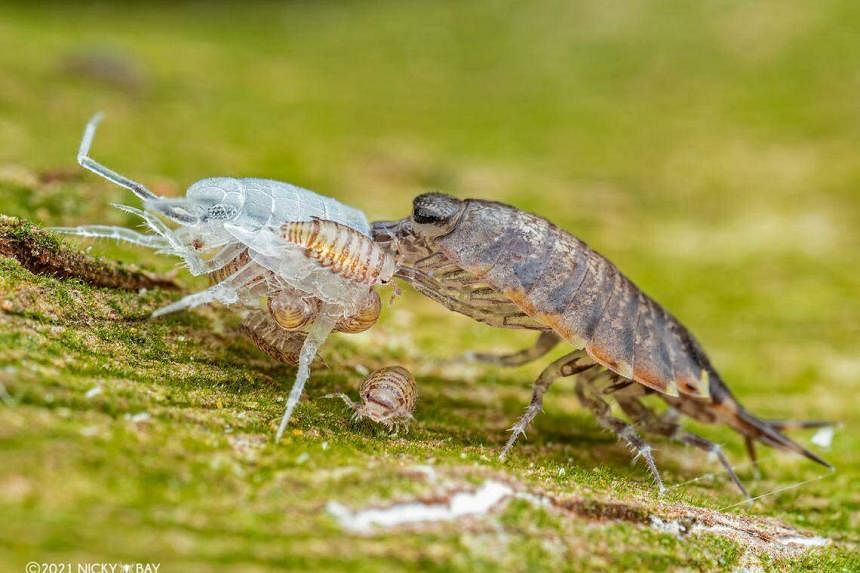
For example, breaking up logs to look for isopods alters what is an important habitat of many wood-inhabiting animals, and trampling on the forest floor away from trails causes gradual compaction of leaf litter and soil layers that alters the habitat for plants and litter-dwelling invertebrates.
“Doing so not only harms isopod populations (some of which are very poorly known and may have very small populations with highly restricted distributions), but also causes habitat damage and deterioration,” he added.
Isopod facts:
- They are among the very few crustaceans that live on land.
- They breathe through gills and require a humid environment to survive.
- Being detritivores, they eat plant and animal remains – even their own excrement and other dead isopods.
- Isopods also exist in the sea, and can grow up to 40cm.
- There are more than 10,000 species of isopods identified worldwide.
